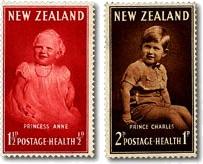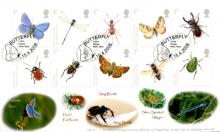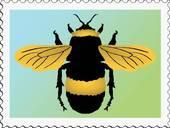
There have been a few studies of neonicotinoid-induced toxicity in the nervous systems of vertebrates, and these studies were conducted with only a few of the neonicotinoids, such as imidacloprid, thiamethoxam, and clothianidin. Imidacloprid has been reported to act as an agonist or an antagonist of nAChRs at 10 microM in rat pheochromocytoma (PC12) cells and to change the membrane properties of neurons at concentrations greater then or equal to 10 microM in the mouse cochlear nucleus. Exposure to imidacloprid in utero causes decreased sensorimotor performance and increased expression of glial fibrillary acidic protein (GFAP) in the motor cortex and hippocampus of neonatal rats. Furthermore, it has been reported that the neonicotinoids thiamethoxam and clothianidin induce dopamine release in the rat striatum via nAChRs and that thiamethoxam alters behavioral and biochemical processes related to the rat cholinergic systems. Recently, imidacloprid and clothianidin have been reported to agonize human alpha4beta2 nAChR subtypes. This study is the first to show that acetamiprid, imidacloprid, and nicotine exert similar excitatory effects on mammalian nAChRs at concentrations greater than 1 microM. In the developing brain, alpha4beta2 and alpha7 subtypes of the nAChR have been implicated in neuronal proliferation, apoptosis, migration, differentiation, synapse formation, and neural-circuit formation. Accordingly, nicotine and neonicotinoids are likely to affect these important processes when it activates nAChRs. Accumulating evidence suggests that chronic exposure to nicotine causes many adverse effects on the normal development of a child. Perinatal exposure to nicotine is a known risk factor for sudden infant death syndrome, low-birth-weight infants, and attention deficit/hyperactivity disorder. Therefore, the neonicotinoids may adversely affect human health, especially the developing brain.









